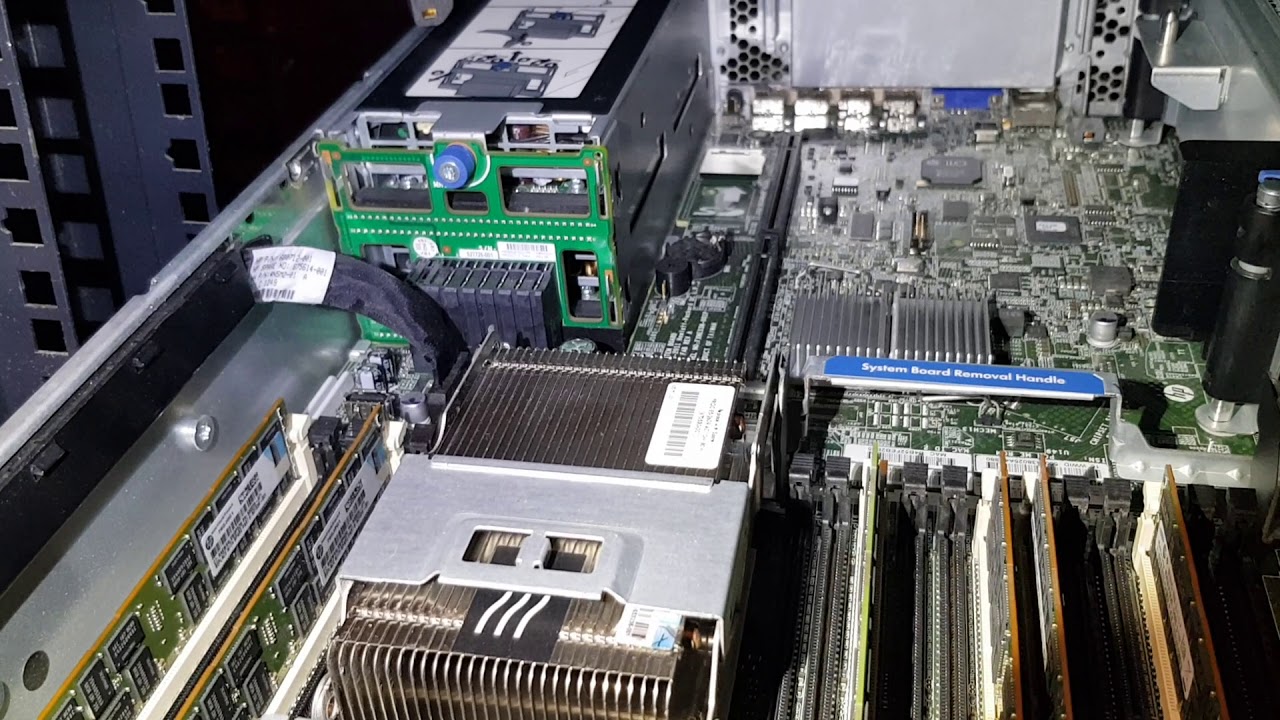Prior authorization has time and again proved to be a burden for healthcare providers and patients who have to suffer through the brunt of outdated systems. Reports say that prior authorization (PA) has had severe effects on the patient’s health, where, in several cases, there have been life-threatening incidents leading to hospitalization and even death. All of these are because of delayed reports or improper treatment schedules. The urgency of prior authorization automation is pretty straightforward as automation can not only save providers time, money, and hassle but also contribute to better patient outcomes.
Challenges with Traditional Prior Authorization
While automation cannot entirely improve the overall efficiency of insurance portals or simply the PA requirements, it can streamline the complex and time-consuming process in a much more efficient way. Let us dig into some of the challenges faced with the traditional method of prior authorization.
Excessively Time-consuming – Healthcare organizations invest a copious amount of time and money in the process, forcing the healthcare staff to diverge from patient care to admin tasks. Automating this process can ensure efficient operations and sufficient patient care.
Manual workflow inconsistencies – The traditional method involves manual intervention, which is error-prone and inherently inefficient.
Disparate Insurance Systems – Insurance systems are old-fashioned and often demand data in various formats. Compiling and updating them on a regular basis can be challenging.
Patient Care Delays – The amount of time it takes for authorization approvals is quite long, making the patient’s wait highly demotivating. There is also the case of rejections. It can hinder patient care, leading to catastrophic events.
Lack of Clarity – Lack of transparency and clarity around the insurance benefits can only confuse the patient, potentially exacerbating their health issues due to frustration. Clear communications are vital to ensure patients receive the care they deserve.
Why automate Prior Authorization in Healthcare?
Prior Authorization Automation, by definition, is the process of verifying all the services and treatments that are covered by the insurance plan before it is administered to a patient. It is usually a manual, time-consuming process that involves several steps where the healthcare provider must:
· Determine if a service or treatment requires preauthorization
· Ascertain who manages the benefit and locate patient plan data
· Discern how to submit patient data (no two insurance companies use the same system)
· Accurately relay patient and service/treatment data
· Wait for a response from the insurance company and provide any follow-up data
· Communicate prior authorization results
· Reattempt failed authorizations
With Robotic Process Automation (RPA) as well as Intelligent automation, the bots can be trained to follow pre-written rules to recognize specific data types and map them to the location where they’re stored. The Bots also can be used to identify and extract patient insurance data or cross-check and validate against the insurance guidelines to ensure prior authorization.
The RPA bots are quicker and less expensive to develop and deploy. Intelligent Automation tools like AI can enhance the bots by leveraging features such as Optical Character Recognition (OCR), Natural Language Processing (NLP), and Machine Learning (ML). These innovative, cutting-edge tools can allow the bots to identify and extract the right information in any given format.
Benefits of Prior Authorization Automation:
Faster Approvals – Automating the prior authorization process means speeding up the workflow, taking away the time and administrative burden from the healthcare staff, and putting it to use better – patient care.
Reduced Administrative Burden – Minimizing the manual process can allow the staff to focus more on their patients, leading to patient satisfaction and sustainability.
Improved Accuracy – Automating the process can reduce manual errors during patient data submission and make sure the required information is maintained in one place.
Enhanced Patient Experience – As the organization begins to automate its prior authorization processes, there will be more transparency between the payer and the provider, offering a better overall patient experience.
Wrapping Up
Prior authorization automation is beyond just a technological advancement—it’s a powerful tool transforming how healthcare is administered. By reducing delays, improving accuracy, and enhancing the patient’s experience, automation is helping to create a more efficient and effective healthcare system. As more providers adopt these automated solutions, the future of healthcare administration looks brighter, with a renewed focus on what truly matters: delivering high-quality care to patients. Our goal at Droidal is to provide technology that facilitates a highly efficient prior automation process. Imagine a technology with intelligence that determines when prior authorization is needed and validates all the information required for the payer. This ensures transparency and keeps the patient satisfied.




